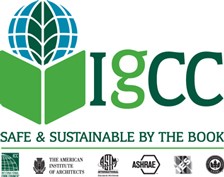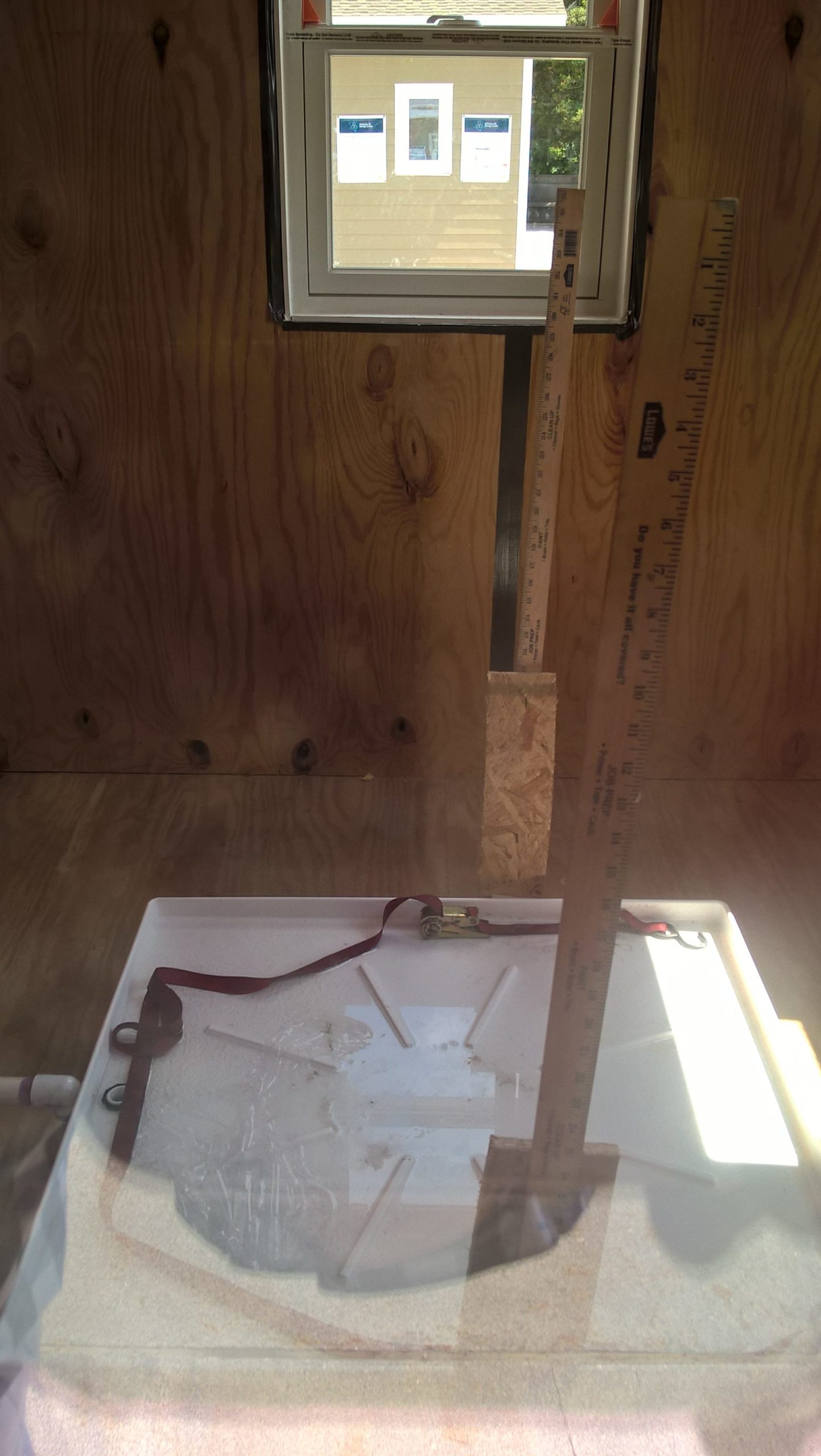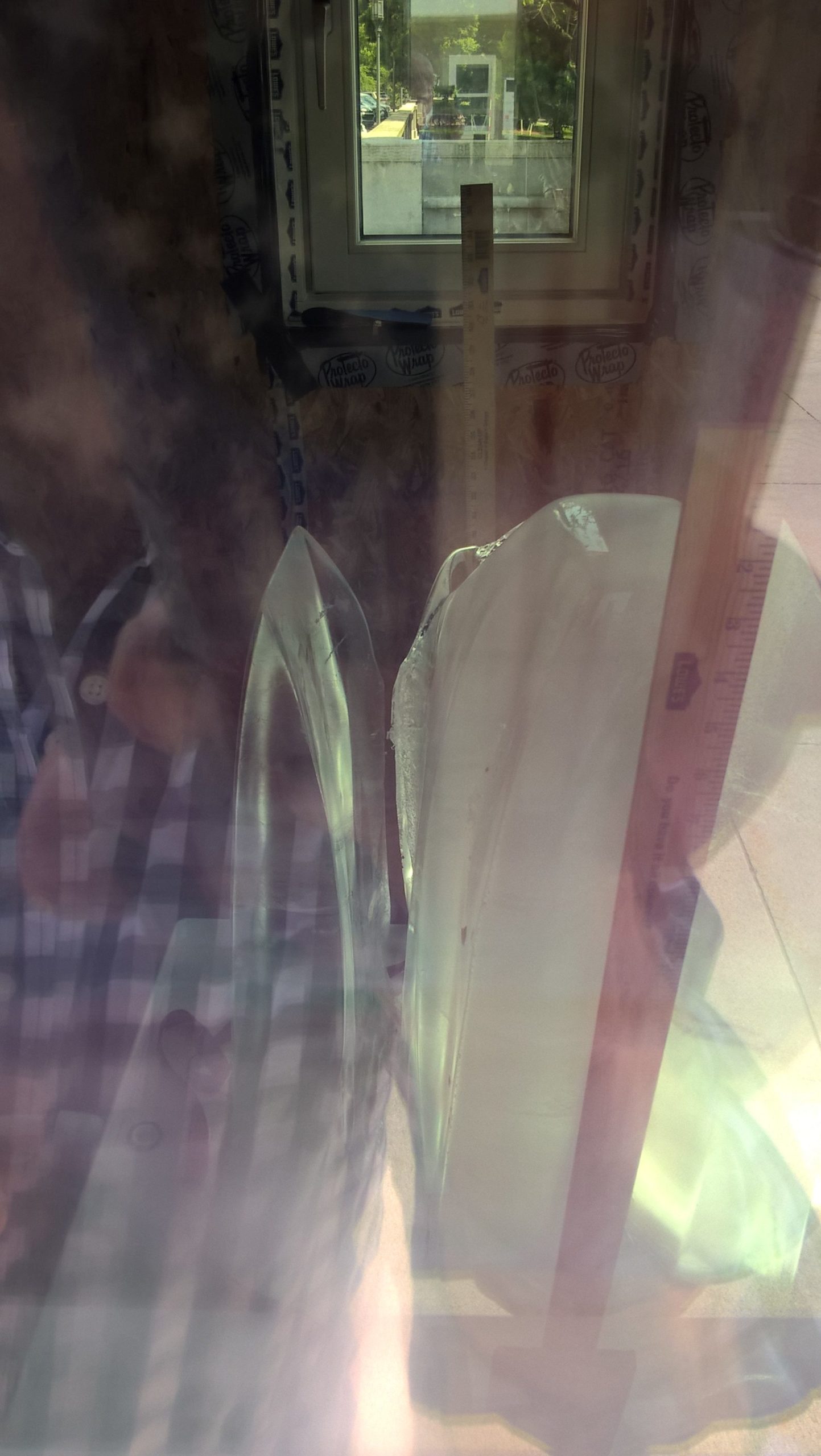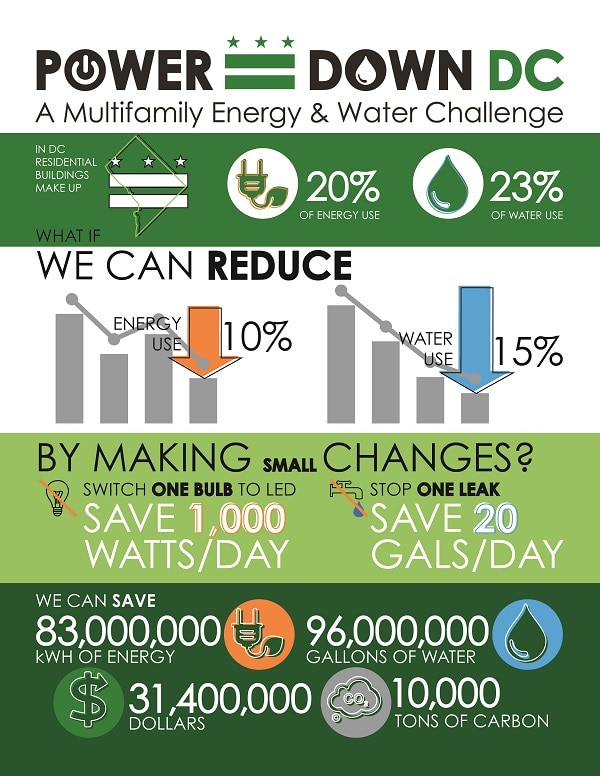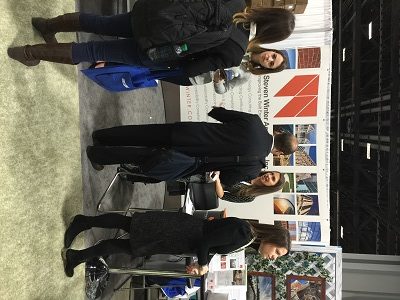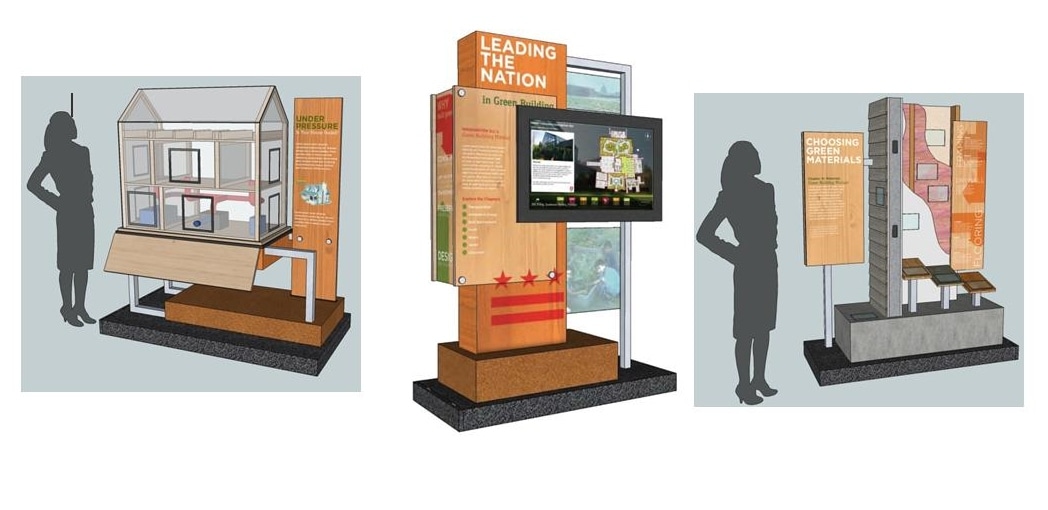- November 18, 2021
- 0 Comments
- In Existing Building Performance High-Performance Construction
- By Andrea Foss
The Clean Energy DC Omnibus Amendment Act of 2018 was signed into law in 2019, establishing minimum Building Energy Performance Standards (BEPS) for existing buildings. The law requires all private buildings over 50,000 SF to benchmark energy use and demonstrate energy performance above a median baseline beginning January 1, 2021. The law also lowers the threshold for buildings that need to benchmark; buildings between 25,000 and 49,999 SF will need to benchmark energy use beginning in 2021. Buildings between 10,000 and 24,999 square feet will need to benchmark energy use beginning in 2024.
If a building does not score above the median performance of Washington, DC buildings, it has five years to demonstrate improvement or face financial penalties. By definition, 50% of the buildings required to comply with BEPS will fall below the median—even those just a point or two under. (You can download a list of property types and their medians here.) Building owners can use this map from DOEE to check if their building meets the BEPS.
This month, DOEE released the final BEPS compliance rules. These rules cover the different compliance pathways and the documentation required for each pathway.
This blog post was originally published on September 11, 2019. It was updated on November 18, 2021 with new guidance in response to the DOEE’s final BEPS compliance rules. Click here to learn more.


